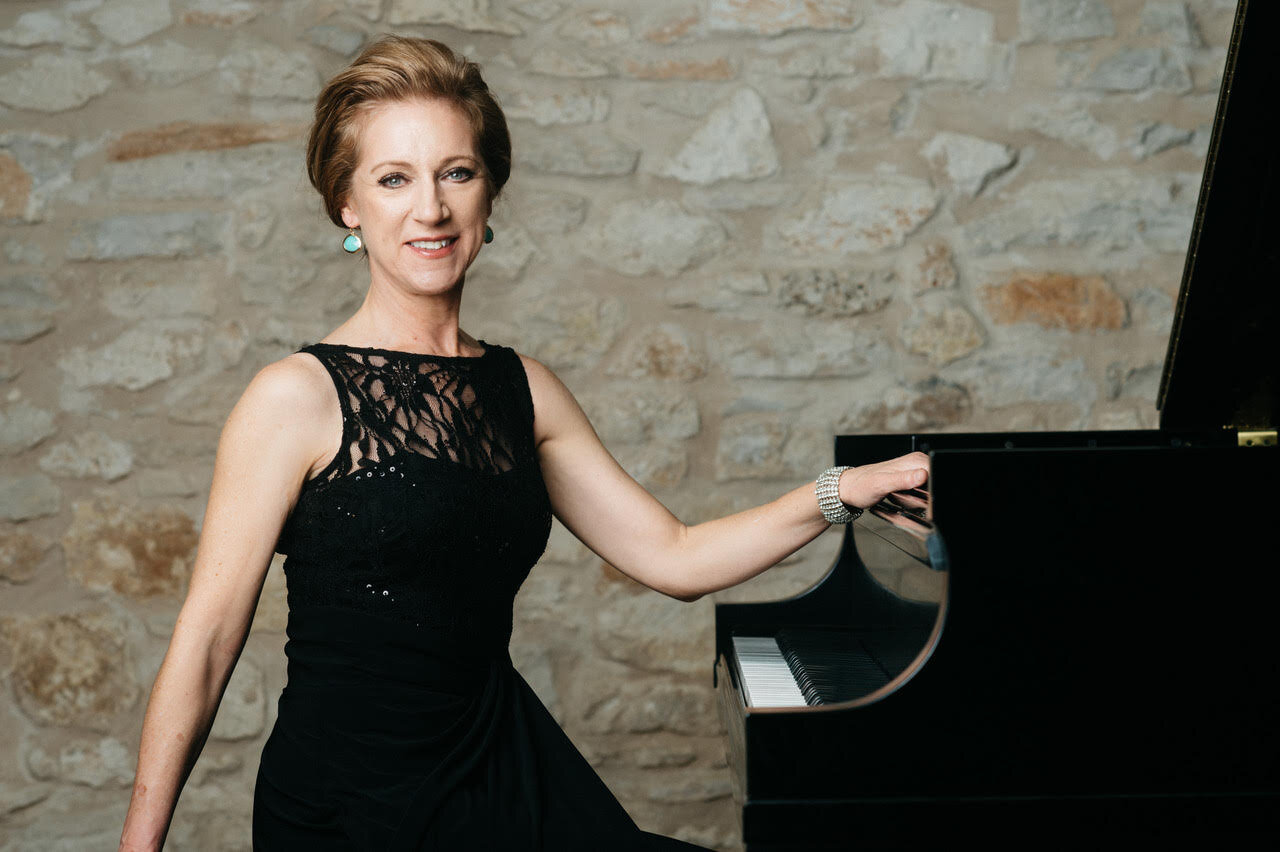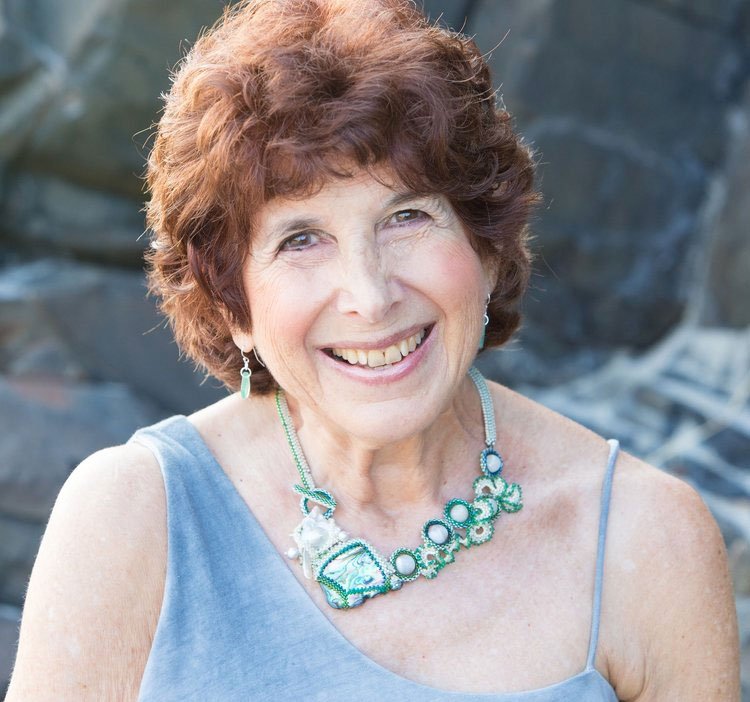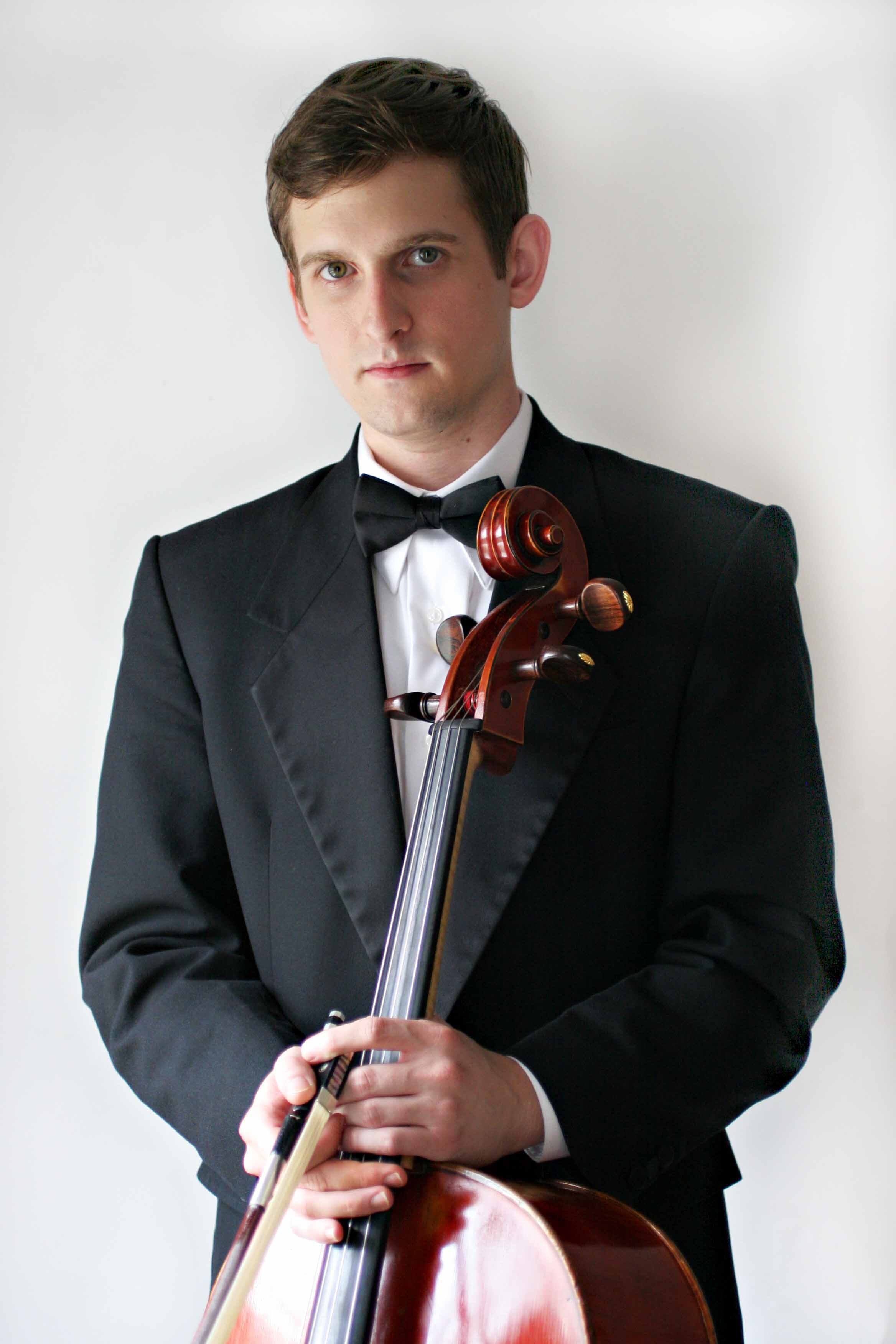march Concert 2025
Sunday, March 9, 2025 | 4:30 pm
Monday, march 10, 2025 | 7:00 pm
artists:
Stephanie Sant’Ambrogio, Violin
Program:
Légende for Trumpet and Piano…………………………………….……………………………………..….….…George Enescu
George Enescu's Légende for Trumpet and Piano, composed in 1906, is a significant work in the trumpet repertoire, blending lyrical expressiveness with technical demands. Légende was composed at the request of Merri Franquin, a prominent French trumpet player and professor at the Paris Conservatoire, who sought a new work for the trumpet that would showcase its lyrical potential. The piece was intended as a test piece for the conservatory’s trumpet class, which explains its combination of technical demands and expressive depth.
The piece explores a wide range of emotions in a single movement. It begins with a mysterious, introspective melody, progresses to a more intense and heroic middle section, and culminates in a climactic, virtuosic passage before returning to the reflective mood of the opening. Légende showcases the trumpet's versatility, requiring both emotional depth and technical skill, making it a favorite among performers.
Theme and Variations for Violin & Cello…………………….…………………………….…………………..…Elizabeth Maconchy
Elizabeth Maconchy was a British composer who lived from 1907-1994. She was a longtime student of Ralph Vaughan Williams. Her Theme and Variations for Violin and Cello is built around a central theme, which is followed by a series of tiny variations that explore different aspects of this material. The work is a study in contrast and transformation, with each variation offering a new perspective on the original theme—a lyrical and somewhat melancholic melody. The theme is notable for its simplicity and clarity, providing a strong foundation for the variations to come. The interplay between the violin and cello is immediately evident, with both instruments sharing the melodic material in a conversation-like manner. Each variation takes the theme as a starting point and transforms it through changes in rhythm, harmony, texture, and character. The variations are diverse, ranging from introspective and lyrical to more rhythmically driven and intense. Maconchy's skillful use of counterpoint allows the two instruments to engage in intricate dialogues, sometimes echoing each other, at other times contrasting sharply.
Listen to Kathryn Mishell as she talks for one minute about Elizabeth Maconchy, excerpted from her radio show Into the Light.
Someone to Watch Over Me….……………………………………………….….……………..George Gershwin (arr. Joseph Turrin)
"Someone to Watch Over Me" is one of George Gershwin's most famous songs, with lyrics by his brother, Ira Gershwin. The song was written for the 1926 musical Oh, Kay!, which debuted on Broadway. "Someone to Watch Over Me" was originally written as a more upbeat number, but during the development of the show, it was transformed into a slower, more heartfelt ballad in which Kay is expressing her longing for a protector or a guardian figure. "Someone to Watch Over Me" has become a standard in the American songbook, covered by countless artists across different genres. This beautiful arrangement for trumpet and piano is by Joseph Turrin.
Piano Trio No. 2 in E Minor, Op.67……………………………………………………………...…………...…Dmitri Shostakovich
Shostakovich created this elegiac trio in memory of his close friend Ivan Sollertinsky, a brilliant musicologist and critic who died suddenly of a heart attack while still a relatively young man. Written in the summer of 1944 in the midst of WWII, the trio, like many of Shostakovich's works, seems to comment more broadly on the tenor of the times suggesting an elegy for the tragic victims of war in general.
The trio begins very quietly in eerie high harmonics as a solo cello introduces a meditative subject in its highest range that grows, when joined by violin and piano into a weighty fugue, deeply tinged with melancholy.
The slow, third movement is a deeply-felt lament, a passionate funeral dirge that grows out of an initial stark chord progression from the piano laid like a grave stone to serve as a ground base in a chaconne form. The finale breaks the grief with a compelling musical narrative featuring a march, piquant folk dancing and a poignant, weeping recall of fugal subject from the first movement as the music becomes a literal manifestation of elegiac recall, a rushing memory of what has past and gone. Composer and critic Arthur Cohn notes in his typically terse but sharply perceptive style that here Shostakovich pictures "the horrible forced dance of Jews before they were machine-gunned to death." Whether the loss of a close friend or of a whole nation in the midst of a world war, the tragedy had a deep impact on Shostakovich.
[Shostakovich program notes excerpted from © Kai Christiansen. Used by permission. All rights reserved.]





